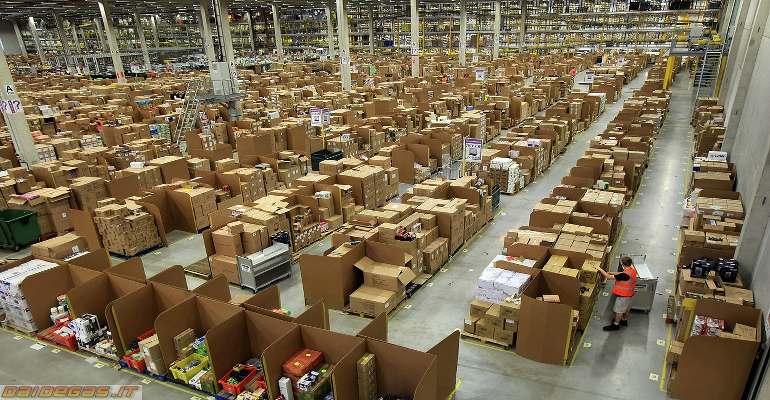Robots are increasingly present in human activities connected with energy and the environment, from hazardous waste collection to the search for waste materials
They perform tasks that we don’t want to or can’t do. They are not only used in medicine and cleaning, but are also increasingly numerous and important in the energy and environmental fields.
For example, they can explore sea beds looking for raw materials, or enter power plants to verify their safety conditions or to perform ordinary maintenance activities. They are very important when it comes to searching for toxic waste, finding it and handling it. In short, whenever the environment is prohibitive or uncomfortable for humans, robots take our place.
Some of them are even capable of digesting waste in order to produce energy, so that their movements are powered by the energy that they take up from waste. In other cases they can absorb energy directly from the sun, through a photovoltaic solar panel.
They are made in many different ways, depending on the needs: they can be shaped as a tracked vehicle, or be spherical, adjustable, serpent-looking, or even have a vaguely human form. Sometimes they can change their shape as required by the needs that arise. They can have extendible necks and mobile arms; they can be equipped with video cameras, sensors for temperature and, if necessary, for radioactivity. Some of them can walk on wet ground or go underwater, others can even swim, or jump like grasshoppers.
They are a product of cutting-edge technology, and therefore are an economic resource for industries. Everyone thinks of them as Japanese or American, but did you know that Italy is one of the most advanced countries? Genoa has a Robotics pole, which reunites the industries that operate in this field and connects them with university research.







